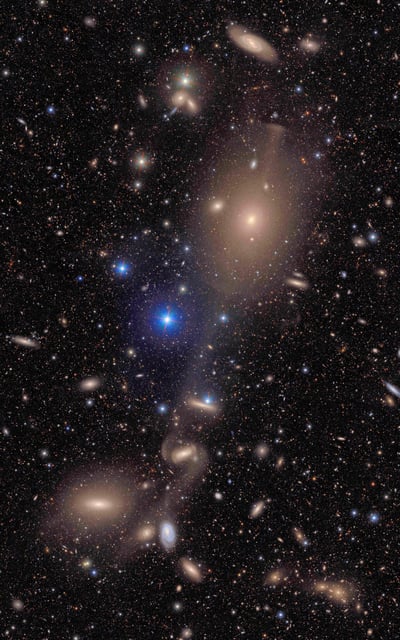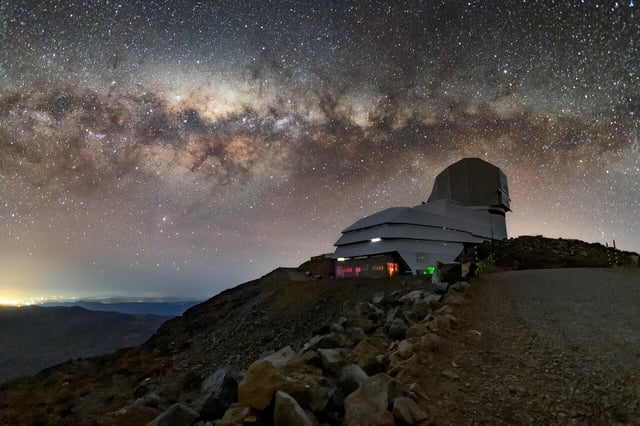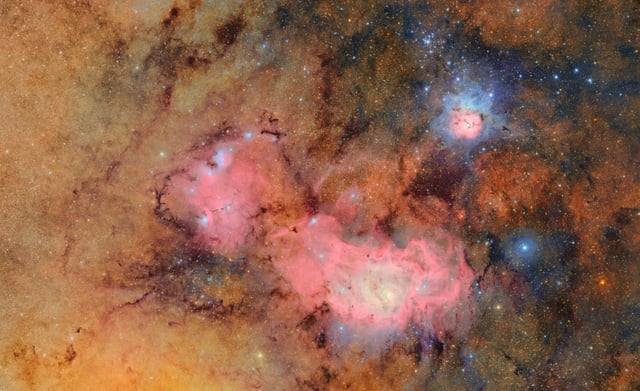Overview
- The observatory released its first detailed images on June 23 of the Trifid and Lagoon nebulae and the Virgo galaxy cluster.
- In under ten hours it detected 2,104 previously unknown asteroids, including seven near-Earth objects that present no threat.
- Situated in northern Chile and funded by the National Science Foundation and the U.S. Department of Energy, the site boasts an 8.4-meter telescope and the largest astronomical camera ever built.
- Named for Vera Rubin, the pioneer of dark matter research, the facility is designed to shed light on dark matter and dark energy.
- Later this year it will launch the Legacy Survey of Space and Time to map the southern sky nightly for the next decade.


